Nightmare Fuel – The World’s Largest Spider Web Is Home to Over 111,000 Spiders

A team of researchers discovered that a cave close to the Greek-Albanian border is home to the world’s largest spider web created by more than 111,000 spiders.
Bagheera Kiplingi, the World’s Only [Mostly] Vegetarian Spider
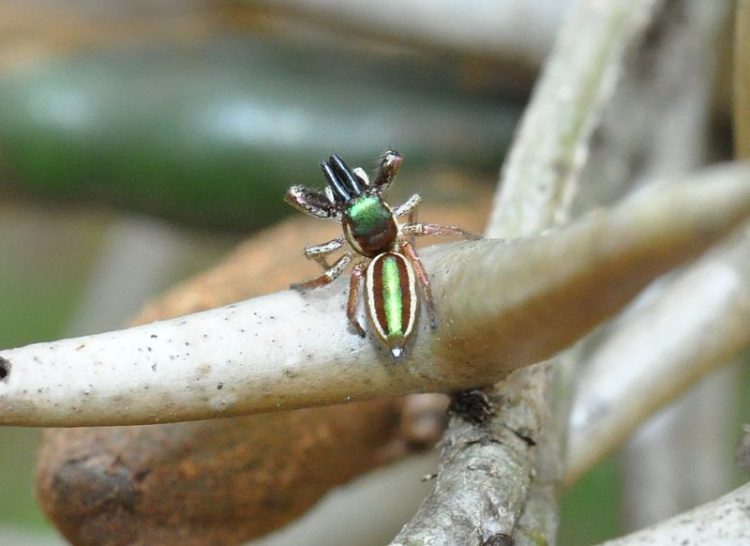
There are around 45,000 species of spider in the world, all of them carnivorous, with one exception – Bagheera kiplingi, a jumping spider known for feeding almost exclusively on plants. Native to the forests of Central America and Mexico, Bagheera kiplingi is only 5-6mm long and spends most of its time on the old leaves […]
Boy Allows Himself to Be Bitten by Black Widow to Become Spider-Man
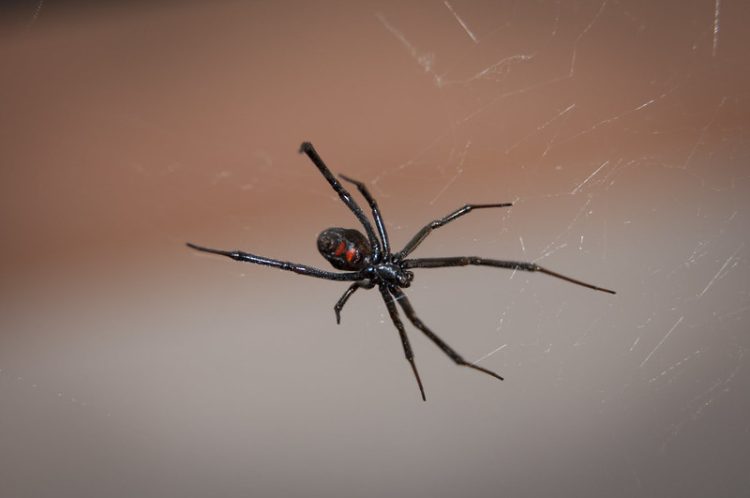
An 8-year-old Bolivian boy ended up in the hospital after allowing himself to be bitten by a dangerous black widow spider in order to become like his favorite superhero, Spider-Man. The incident occurred in the municipality of Vichuloma, near the city of Oruro, in Central Bolivia. The 8-year-old child, whose name has not been revealed […]
This Terrifying-Looking Horned Spider Is Actually Quite Harmless
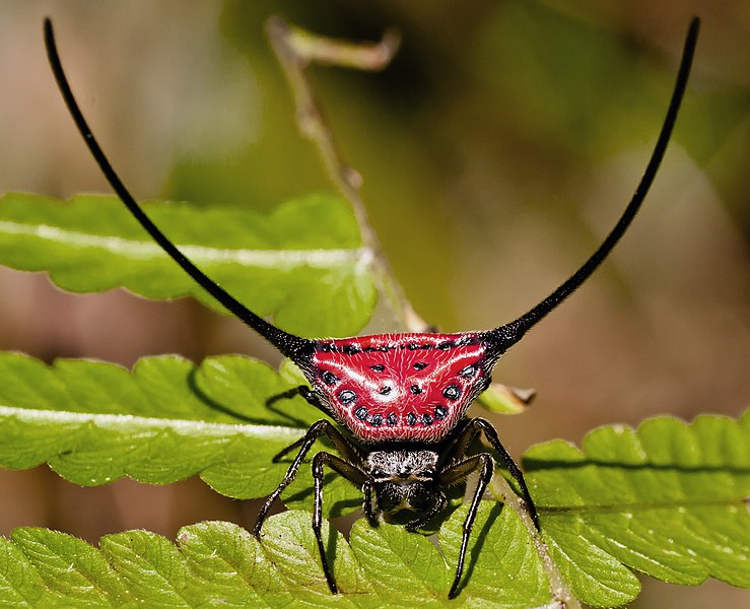
Macracantha arcuata, aka the horned orb-weaver spider or the wishbone spider, have a pair of intimidating long horns growing out of their abdomen. Although both male and female Macracantha arcuate spiders feature spines on their abdomens, it’s the females that stand out. They have three pairs of spines coming out of their abdomens, but it’s the […]
Tattoo Artist Specializes in Ultra-Realistic Spider Tattoos
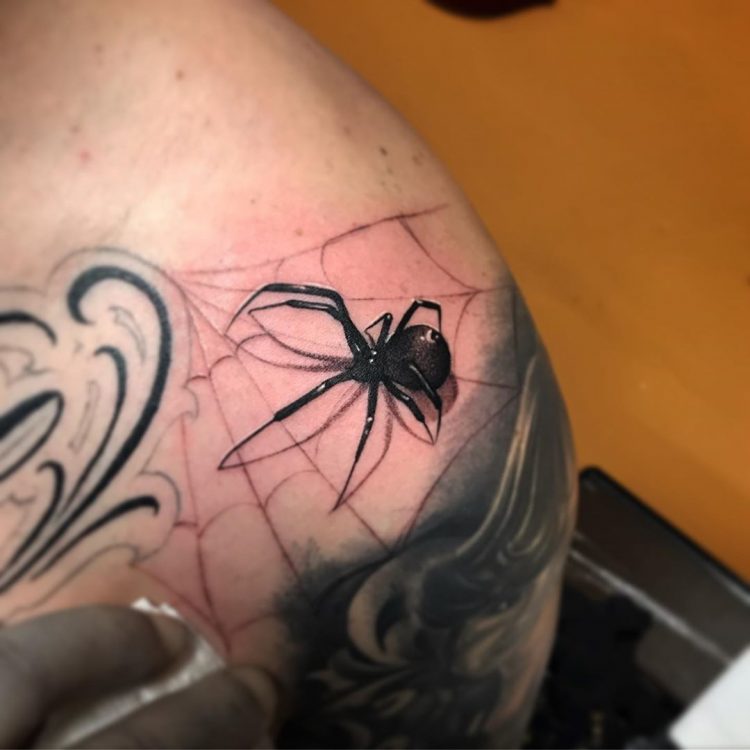
Los Angeles-based tattoo artist Jesse Garcia has built a reputation on his ability to ink realistic-looking black widow spiders on virtually any body part. Working out of his own private tattoo studio in Los Angeles, Garcia has been getting a lot of attention for his eerily realistic black widows, which look ready to jump off […]
Man Allegedly Gets Pet Tarantula to Keep Arachnophobic Mother-in-Law Away
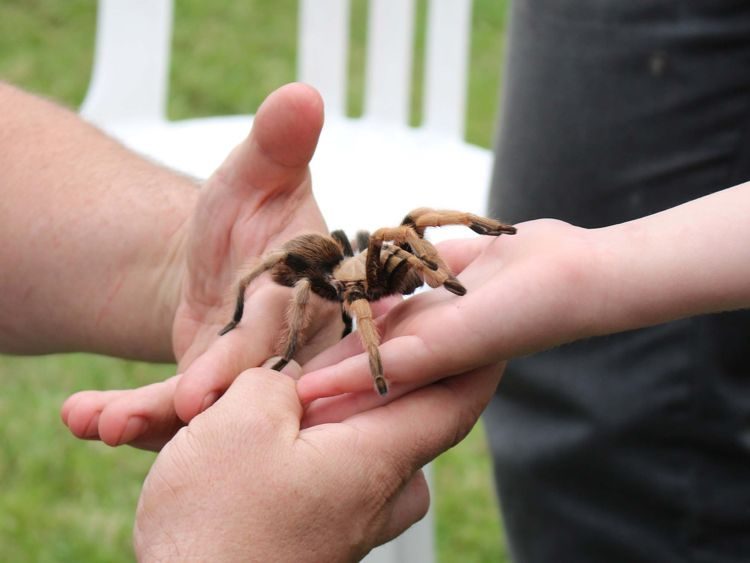
In a desperate attempt to get a break from his nagging in-laws and regain his privacy, a Reddit user allegedly took advantage of his mother-in-law’s severe arachnophobia by getting a tarantula as a pet. Reddit user “ProbablyAssholeGuy” isn’t really into tarantulas. He thinks they’re cool and all, but he wouldn’t have actually gotten one as […]
Woman Shares Home with 1,500 Pet Tarantulas
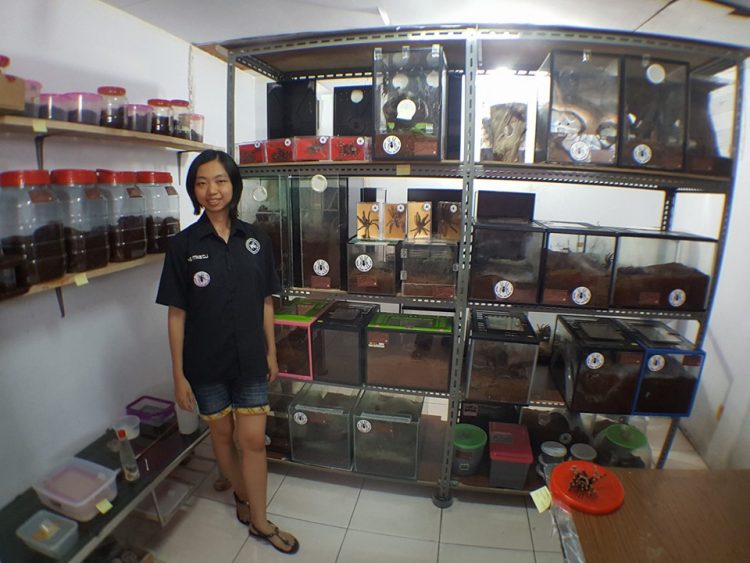
Most people get chills down their spine at the simple thought of a tarantula, but one Indonesian woman literally can’t get enough of them. 28-year old Ming Cu has been collecting tarantulas since 2010, and she now has 1,500 of them living in her home. Ming Cu’s obsession with tarantulas began 7 years ago, when […]
Australian Town Completely Covered in Cobwebs after Millions of Spiders Rain from the Sky
Earlier this month, the residents of Goulburn – a small town in Australia’s Southern Tablelands – were spooked to discover their properties blanketed by millions of tiny spiders and mounds of their silky threads. The spiders had apparently rained down from the sky, silken thread and all, a phenomenon known as “Angel Rain”. “Anyone else […]
This Collection of Bat-Eating Spiders Is Probably the Scariest Thing You’ll See Today

It’s hard to imagine a fragile spider killing and eating a full-grown bat. I mean there’s no way a tiny spider could have any sort of muscle power over a fully grown bat, right? Believe or not, there are eight-legged bugs out there that can pounce on bats and eventually devour them. And when they […]
Artist Turns Confiscated Scissors into Creepy Spider Sculptures

Every year, the Transportation Security Administration confiscates countless objects deemed dangerous from passengers boarding flights at airport terminals across the US. Apart from guns, knives or aerosol, a lot of scissors end up in their recycling bin. Enter Christopher Locke, an artist who figured out he could actually use scissors to create creepy sculptures of […]
Rocky Fiore – The Spiderweb Artist

Considered to be America’s no. 1 spiderweb artist, Emil Fiore, known as Rocky, collects various kinds of spiderwebs and uses them to create unique artworks which he sells on his website, Whirled Wide Webs. Rocky, 58, says he read about how to catch spiderwebs when he was just a kid. The little Golden Guide suggested […]
Australian Spider-Man to Spend Three Weeks with Poisonous Spiders

67-year-old Nick Le Souef, also known as the “Australian Spider-Man” is preparing to spend over three weeks in an enclosed space with hundreds of poisonous spiders. Le Souef recently took part in a charity event, and because he was so impressed with the results, he decided to put his talents to the test, for charity. […]
Scientists Discover the World’s Largest, Toughest Spider Web

Scientist have recently discovered that the web of Darwin’s Bark Spider is the largest in the world, and is also ten times more resistant that Kevlar. Igni Agnarsson, from the University of Puerto Rico, first discovered Darwin’s Bark Spider and their giant webs, back in 2001, and knew he had to return to Madagascar and […]
